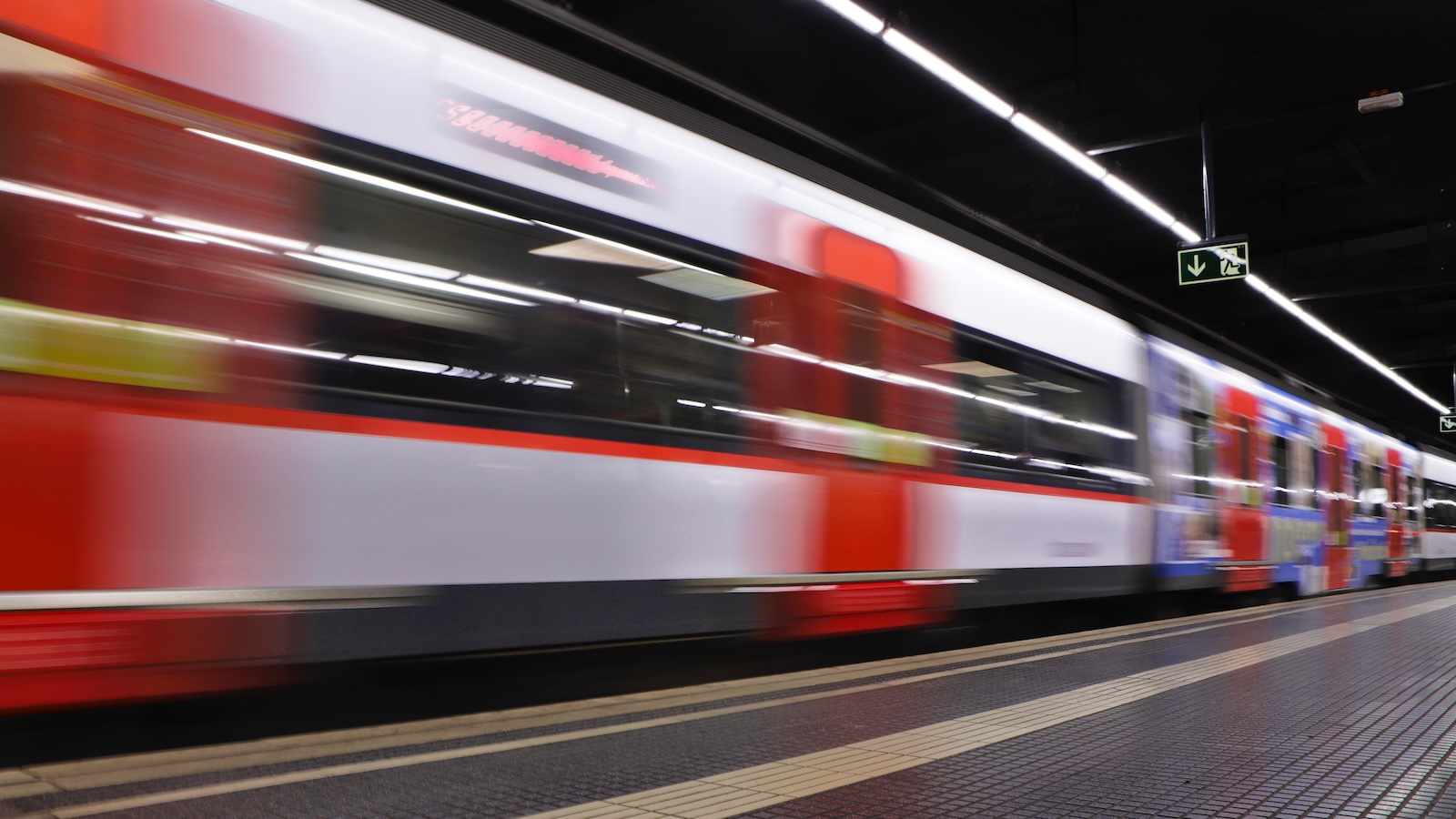- cross-posted to:
- technology@lemmy.world
- cross-posted to:
- technology@lemmy.world
[…]Using technology not unlike the regenerative braking found in hybrids and electric vehicles, the trains they rode generated some of the power flowing to the EV chargers in the nearby parking lot, the lights illuminating the station, and the escalators taking them to the platforms.
Every time a train rumbles to a stop, the energy generated by all that friction is converted to electricity, which is fed through inverters and distributed throughout the subway system. One-third of that powers the trains; the rest provides juice to station amenities and a growing network of EV chargers.
Each year, residents and tourists take 440 million trips on Barcelona’s subway system, which includes 165 stations linked by 78 miles of track. The transit agency has installed three inverters so far; 13 more are in progress. Once they’re all in place by the end of September, it expects regenerative braking to provide 41 percent of the energy needed to power the trains, a renewable source of energy it says will save about 3.9 metric tons of CO2 emissions annually.



This is an excellent point. They probably minimize batteries on the train, because Why use energy accelerating all that extra mass? Same with flywheels; it makes no sense to put a lot of energy storage on the train when it’s connected to the grid 100%.
On the other hand, one way the title would make sense is if the trains weren’t connected 100% to the grid, and do have batteries or flywheels charged by regenerative braking. And the places they’re newly powering are places where the train grid doesn’t reach. So, basically, they’re getting charged with potential energy in one location with enough energy to get them to the next connected grid location, then moving to an in-between place that isn’t connected to the grid and recharging with regenerative braking. Since they now have excess energy to get back to the grid, they release some of that energy to the local station, providing it power. They’re cargo trains, transporting electricity to places that aren’t on the train grid.
That would make this article make sense.